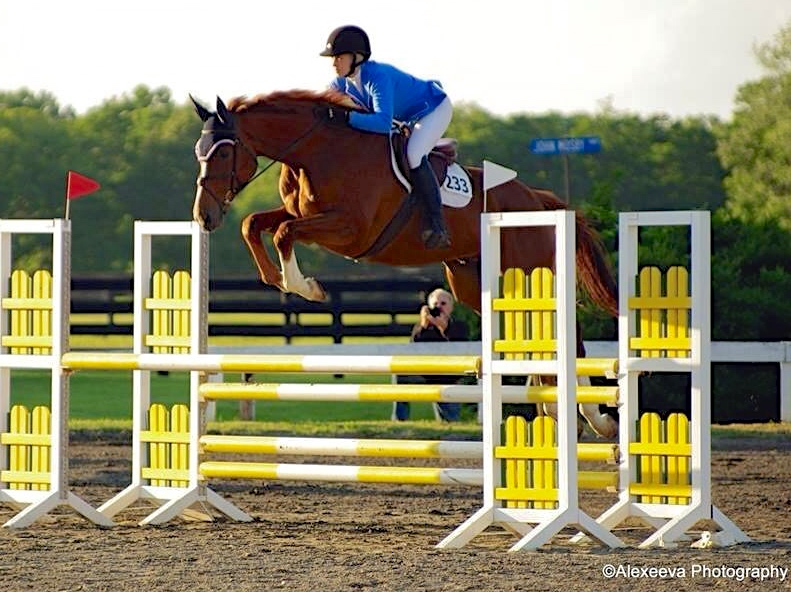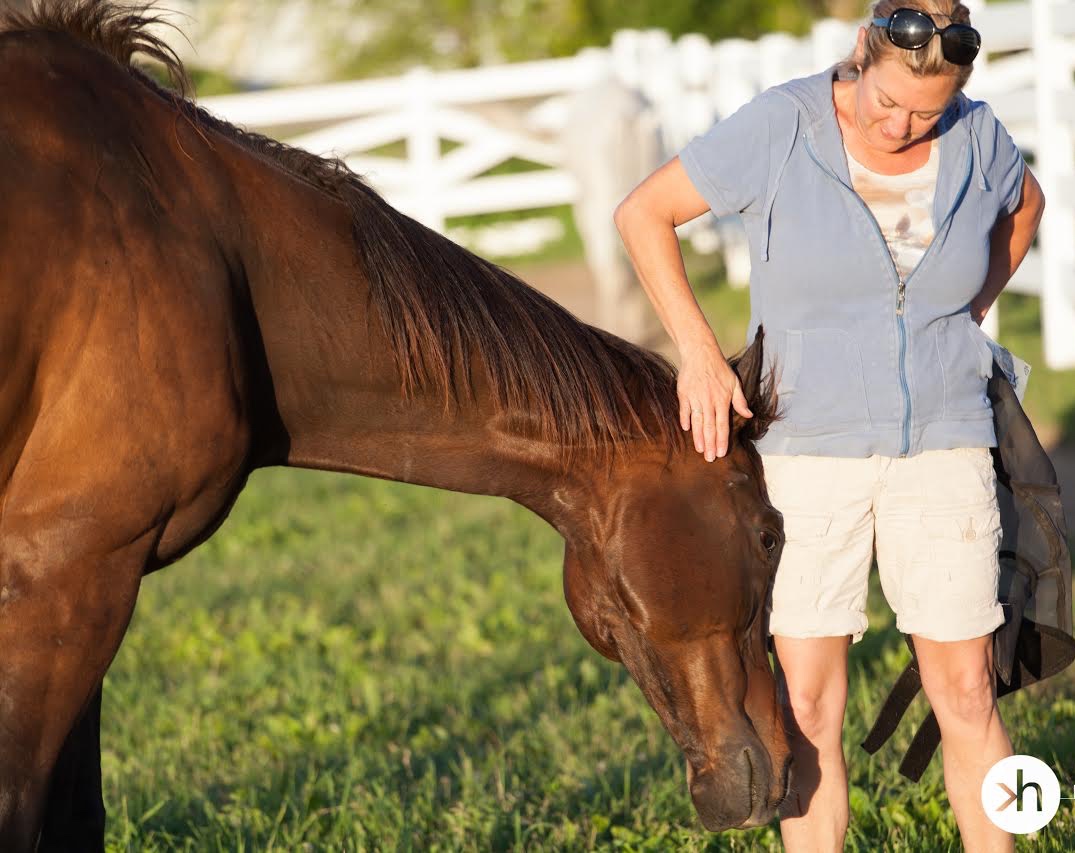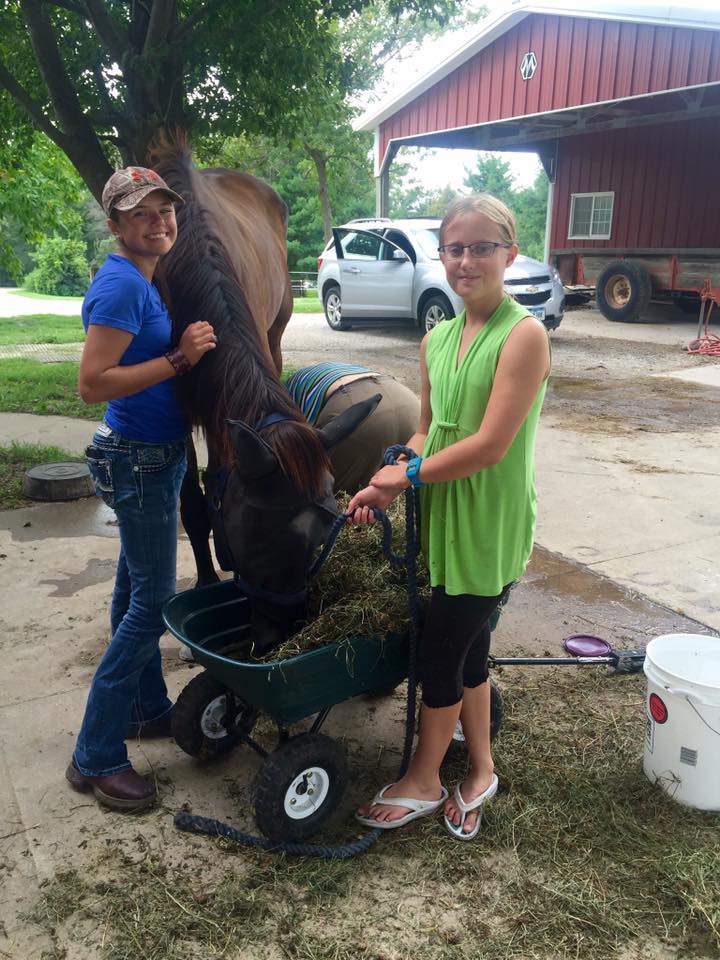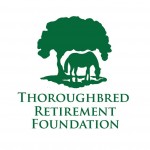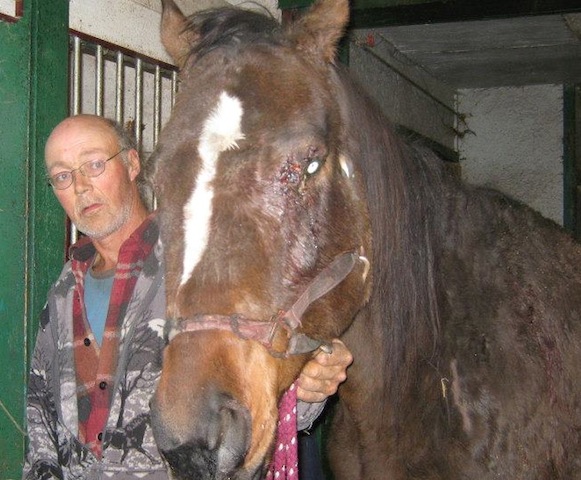
Press Exclusive earned $400,000 on the track and foaled 9 babies before she was a “downer horse” on slaughter truck.
All that money, nearly a half million dollars worth of racetrack winnings, couldn’t help her as she thrashed in panic and fear.
Flailing beneath the hooves of 30 other terrified horses, last December in a tractor-trailer heading for a Canadian slaughterhouse, once-winning race mare Press Exclusive had lost her balance on the truck, and her place in the world.
No longer valuable as a racehorse or a broodmare — she gave birth to nine foals—she fell down among the legs and hooves of the other slaughter-bound horses, and was pummeled as she struggled beneath them, writhing in the shavings and manure.
Press Exclusive
Sire: Press Guard
Dam: Gosh
Foal date: May 5, 1996
Earnings: $436,810“By the time she made it to Ottawa, where the kill buyer off-loaded her to do paperwork before proceeding to the slaughterhouse, a sale-barn vet wanted to kill her immediately because she was in such bad shape,” says Mindy Lovell, longtime Thoroughbred rescuer, owner of Spring Hill Farm and operator of Transitions Thoroughbred Program.
Covered from head to toe with deep cuts and abrasions, Press Exclusive sustained four fractured ribs and blows to the face that caused grotesque swelling.
Of all the horses Lovell has pulled from the junk heap of discarded horses, the mere mention of Press Exclusive brings her to tears.

Her eyes were swollen shut from blunt trauma sustained en route to the slaughterhouse.
“She made $436,000 on the track and produced nine foals, one after the other, as soon as she retired. The last foal that was weaned off her just ran through the Select Yearling Sale at Woodbine and sold for $16,000!” Lovell says. “With a horse like that, with high earnings and nine foals, Jesus, God, that’s not what she deserves at the end of the day.”
And so on a fateful day in December of 2012, as a veterinarian hovered near, insisting the sorry animal be euthanized on the spot, her poor condition making her unfit even for slaughter, Lovell and her personal horse-shipper intervened.
The veterinarian who manned the Ottawa holding facility where the truckload of slaughter horses had stopped and temporarily unloaded, agreed to send the mare on to Lovell, despite deep skepticism. Already labeled “condemned” for meat sale, the once flourishing horse wobbled on weak legs to a transport waiting to carry her off to Lovell’s Ottawa farm.
And when she arrived, a few days before Christmas, and Lovell saw her for the first time, fear clawed her heart.
“I’d seen a lot of emaciated horses before, but there was something really wrong here,” she recalls. “I asked my vet if it was necessary to euthanize her, and she said it was worth giving her a chance. She said the next 48 to 72 hours would tell us if she would make it. If she stopped eating, or she got down in the stall, it would be ‘game over.’ ”
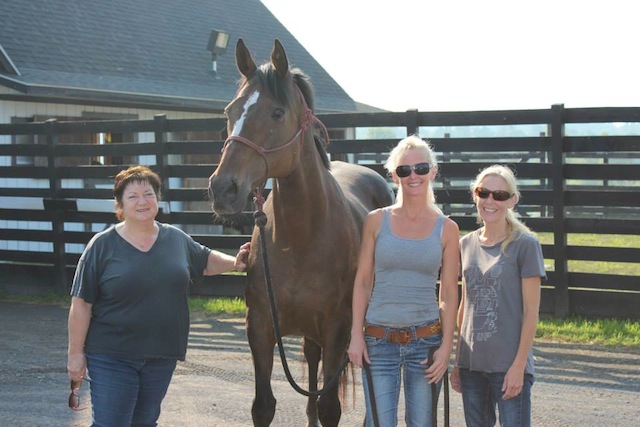
Press now has a permanent sanctuary home where she is adored.
Lovell had agreed to purchase the animal, sight unseen, after receiving word from her network of horse-rescue associates of the animal’s need. She’d raised the necessary funds to purchase the mare from the meat buyer, and when she finally saw the animal’s condition, she couldn’t give up. Not yet.
Even after Lovell’s veterinarian judged the mare’s body to be a 0 on a scale of 1-5, and the horse’s fate seemed hopeless, Lovell started in immediately trying to get proper nourishment and medication to the injured animal.
The mare was given antibiotics and Bute, and coaxed to keep eating, even when it seemed all hope was lost.
“The biggest worries I had with Press was her reluctance to eat,” she says. “So I started feeding her peppermints.”
The peppermints led to a healthy, fattening diet of hay, hay pellets, 18 pounds of daily grain, beet pulp and nutrients to aid digestion.
Gradually, signs of defeat were replaced with a reawakening of spunk.

Press arrives at her permanent sanctuary in upstate New York. She is pictured with Susan Wagner, founder of Equine Advocates.
“The day I walked into the barn in the morning and found her pawing for her breakfast, I was absolutely ecstatic, which is the opposite reaction I’d usually have to a horse pawing for feed,” Lovell says.
For months she kept vigil over the horse, and it took even longer before she was able to slow her hurried step to the barn to double check, one more time, on the fragile animal’s wellbeing.
By late winter, Press Exclusive was well enough to take a walk outdoors.
Her eyes were no longer swollen, and the cuts and other signs of trauma had also healed sufficiently for the mare to eagerly walk on the lead line, tentatively at first, and with increasing vigor.
“When I began to notice shavings on her coat, I knew she was able to lie down at night” and this reassured Lovell that she was out of the woods.
As she recovered, many fans and interested parties, shocked by the horse’s condition, had their eyes opened to the horrible fate that can befall a racehorse, she says.

Press enjoys the green, green grass of home.
Fans, as well as those who had been touched by the once great mare, opened their hearts and wallets to aid her recovery. An owner of one of her offspring even paid the “bail” money to make the initial purchase that rescued her from the slaughter pipeline and an executive at Purina paid for six months worth of feed, Lovell says.
“A lot of people came through to help Press,” she says. They included Susan Wagner, executive director of New York-based Thoroughbred charity Equine Advocates, who offered the biggest gift of all: sanctuary.
On Sept. 10, fully restored of her strength, her swagger, and her Alpha Mare personality, Press Exclusive was relocated to her permanent new home, where she won’t be asked to do anything except to enjoy a romp in green paddocks with other horses.
In a transfer facilitated by Marlene Murray of the Race Fund, Wagner and Lovell agreed that the best thing for the fine mare was R&R, with no possibility of being bred or sold.
“Everybody followed her story. I remember waiting for her to arrive, and we were all waiting to see what she looked like, and what her condition was. We’d never seen a picture until she arrived right before Christmas,” Lovell recalls. “It was so bad that I had to warn people that it wasn’t pretty. She actually fell when she stepped off the van for the first time.”
She adds, “People were so shocked. She was such a great horse, and my hope now is that if her story can help make a difference, and inspire people to find other options for their horses, then she’s done her job. Press Exclusive was not an isolated incident, so I hope she will help a lot of people think twice about where their horses are winding up.” — Originally published on Sept. 20, 2013.
*This blog is sponsored by the Thoroughbred Retirement Foundation (TRF, Inc.), the country’s oldest and largest retirement charity for ex-racehorse Thoroughbreds.

